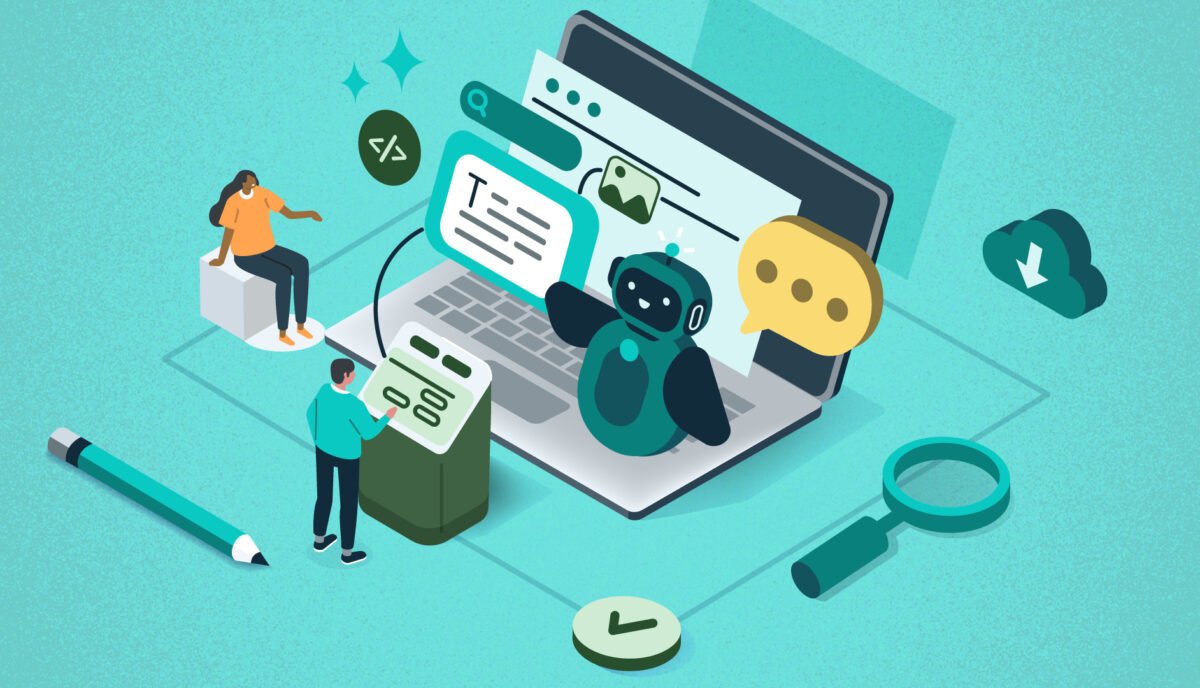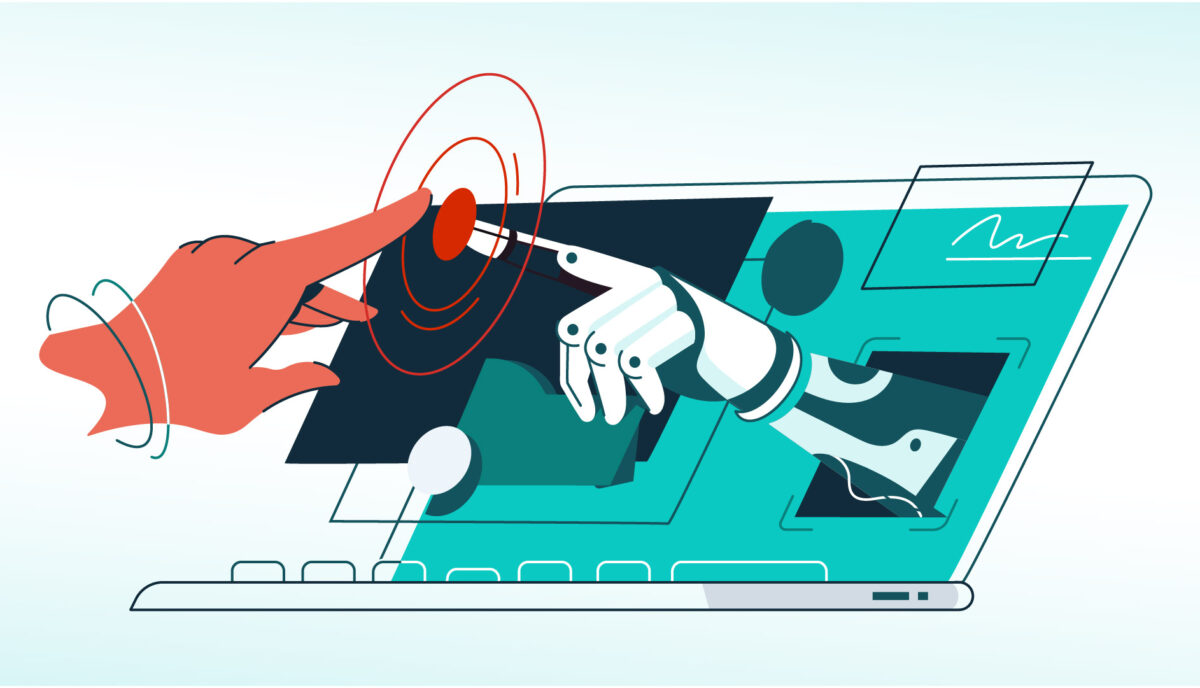Creating the Best Online Learning Platform for Your Audience
Since the early days of Oomph, we’ve worked with clients to create a variety of online educational experiences. Platforms to practice Buddhism. Platforms for cardiologists to be better informed. For teachers to be better prepared for the classroom. For high-tech product users to become more proficient.
Here’s the process we’ve seen work:
- Define the purpose of the platform.
- Identify students’ needs and expectations.
- Choose the learning tools that best achieve your objectives.
…and here’s what we’ve seen too many folks do: skip the purpose and dive right into posting videos on something like Teachable. While that might work for some business models, it’s not effective for most others.
By understanding what is at stake for the learner, you can understand how to support their learning
As online learning continues to grow, we need a different way of thinking about how people learn via online systems. By considering what’s at stake in a given situation — in other words, how important is it that students learn the material — we can identify four primary categories of learning purpose. Once you know which category your platform falls into, you can design it with the tools and features that best achieve your learning objectives.
Let’s explore those four purpose categories and how they shape the online learning experience.
1. Entertainment (or “No Stakes”) Learning
Entertainment learning is driven purely by curiosity. Students might see this type of learning as truly fun, maybe even as an alternative to other forms of entertainment (like watching a movie).
In this case, there are no stakes — no real consequences for the student who gives up mid-way through a class. As for the educator, the only risks are related to losing viewers and market share. An example of this type of learning platform is Masterclass, which has mastered the art of marketing entertainment learning. Masterclass doesn’t really care if you learn the material, as long as you’re enjoying the experience.
Most entertainment learning is delivered through polished content designed to sell as many courses to as many people as possible. Neither the platform nor the student are truly invested in the learning.
What’s the purpose?
As an example, let’s say Sam the Student is intrigued by sailing. They may never actually do it, but they wants to know what it involves. In this case, Sam is simply consuming the content.
What’s needed:
Successful entertainment learning platforms focus more on user acquisition and user retention versus how well users absorb and apply the content. Such platforms benefit from:
- Good content production quality
- Celebrity and well-known “expert” instructors
- Effective marketing (like compelling trailers)
2. Student Stakes Learning
Like entertainment learning, student stakes learning is also student-driven. The difference is that there are real consequences, which means the student has a purpose beyond simply consuming the content. But the consequences apply to the student, not the educator. Think about studying for a driver’s license test — if you don’t pass, you don’t get your license. DMV isn’t responsible for helping you learn; they’ll just re-administer the test.
What’s the purpose?
To continue the boating example: by this time, Sam has become a frequent sailor and wants to learn how to forecast off-shore weather without needing a computer. In this case, retaining the content is essential, so they can put it to use.
What’s needed:
Student stakes learning needs to incorporate content retention techniques. It also helps to hold students accountable for their learning. Content should be shorter and focus on comprehension. Student stakes learning platforms benefit from:
- Accountability systems, such as reminders and check-ins
- Retention tools, such as study guides, quizzes, and practical homework
- Community features that support accountability and engagement
- A focus on completion, giving the student a tangible finish line
3. Educator Stakes Learning
In this kind of learning, there are consequences for the student, but the stakes are higher for the educator. Think of higher education at colleges and universities, where a school’s reputation is at stake. This could also apply to a management training program, which can impact overall company performance, or to a business trying to educate users on a topic in the hopes they’ll buy a related product.
Comprehension and completion are key in educator stakes learning, which is why it often includes a certificate of completion or an accreditation of some kind, so the educator can verify that the student actually learned the material.
What’s the purpose?
Sam has now decided to become a commercial boat captain, and their potential employer wants them to pass a certification course. Here, Sam’s demonstrating knowledge of the material is highly important to the educator.
What’s needed:
Because educator stakes learning hinges on comprehension, it’s important to focus on helping students both retain course material and sufficiently demonstrate their knowledge of it. These kinds of platforms often include:
- Real-world activities to apply knowledge or practice skills
- Required homework, with follow-up peer or instructor feedback
- Accountability systems and/or partners, to ensure task completion
4. Broad Stakes Learning
Broad stakes learning impacts the student, the educator and often society in general, and knowledge of the material must be refreshed on a regular basis. Consider a warehouse that trains its staff on the proper use of heavy equipment. For an employee, their job is likely on the line; for the company, the safety of their workforce and their reputation is at stake; and for all the company’s employees, there are issues of personal safety and trust.
What’s the purpose?
Sam now aspires to become a ferry boat captain, which means they’ll be responsible for passengers, vehicles, and cargo. The local authority requires that they pass a certification each year to demonstrate current knowledge of the material, to ensure they’ll be a safe and competent captain.
What’s needed:
Ongoing retention of content is critical here, along with staying current on new information. So, broad stakes learning platforms generally use bite-sized material with frequent reviews, quizzes, and feedback. Students learn a topic, review the topic, review it again, and take a quiz; if they missed any questions, they’ll likely get additional help and get tested again. Later on, there may be additional communications and usually a refresher course or two.
Learning platforms that support broad stakes learning often use the tools from educator stakes learning, with some additions:
- Community connections and feedback
- Post-training follow-ups and refresher courses
- Q&A sessions and other interactive, direct-feedback learning activities
- Long-term assignments that focus on ongoing retention and real-world practice
A Different Way of Thinking
As you can see, there is no one-size-fits-all digital learning experience. That’s why a medical association administering doctor certifications needs a very different platform from, say, an HR department offering manager training. Different industries leverage different kinds of learning, which require different educational tools.
If you’re planning to embark on an online learning initiative, be sure to align your efforts around your core purpose. Without a clear roadmap, well, we’ve seen what happens. Remember how online learning was thrust into the spotlight during the pandemic? One thing became painfully clear: not every online learning platform actually worked.
That’s because many of those platforms were thrown together without regard for basic learning principles. Above all, online learning platforms must be built to serve the purpose behind the educational experience. Like we said earlier: define your purpose, identify your students’ needs, and choose the right tools for the job.
Looking to develop an online learning experience for your organization? We’d love to help you develop the best possible tools. Contact us today to learn more.



